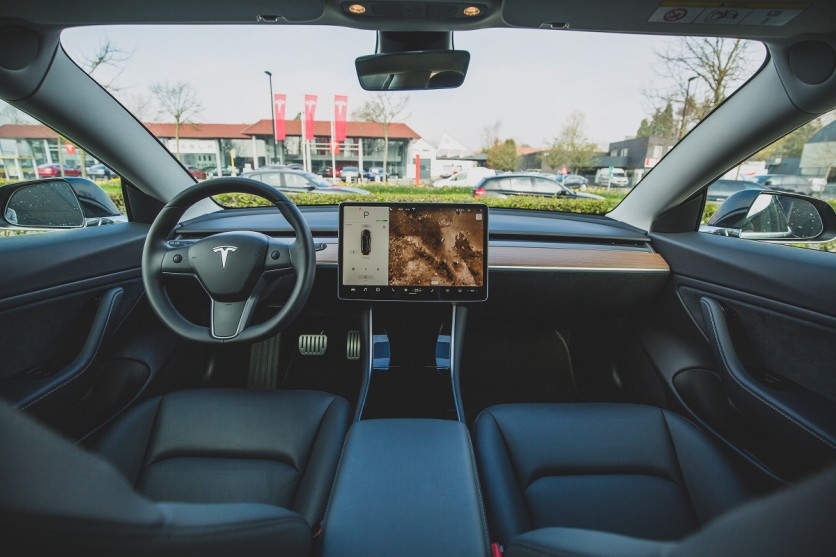Self-driving cars are perhaps next in line to electric cars when it comes to increasing ubiquity. Many companies have been fielding their autonomous vehicles in recent years (Tesla being one of the biggest leaders in this area). But it might take some time until these vehicles are accepted - more so by Americans.

In the United States, it was revealed that people still don't believe self-driving cars are safe enough. According to MotorBiscuit, a survey conducted by AAA found out that 71 percent of Americans are scared of riding self-driving cars. But despite this, the company believes that with more autonomous vehicles on the road, people could be more acquainted with how they really work - and the fear will eventually subside.
It's All About Misunderstanding
It's true that people don't trust machines - even if their entire lives now revolve around their smartphones, TVs, gaming consoles, and others. But there's one big difference between those devices and a self-driving car.
YOU control your smartphone. YOU control your TV. A self-driving vehicle controls itself. But a complete misunderstanding of how autonomous vehicles work is where much of the skepticism lies. An autonomous car does not entirely drive by itself, because there are at least five levels of automation at play, according to Verizon Connect:
Level 1: A car will have driver assistance features like cruise control and lane changes. Requires full driver attention.
Level 2: Advanced cruise control/autopilot, automatic braking in the event of the accident. Requires full driver attention.
Level 3: The car can do so-called "safety-critical functions" in certain situations, like the ones mentioned in level 2. Still requires a driver.
Level 4: The car can now mostly drive itself with little driver input. But still not recommended in certain weather conditions or unmapped areas.
Level 5: Full automation, absolutely no driver input required.
As of 2022, there are so far NO Level 4 and Level 5 autonomous vehicles, small or otherwise, in operation (via AutomotiveWorld). This is a testament to how the technology itself is still very much a work in progress, despite massive advancements in recent times.

How Self-Driving Cars Can Be SAFER Than Conventional Cars
If autonomous vehicles are indeed to become safer than traditional cars, then the odds are stacked against them as of the moment.
According to Vox, driving is at its safest at this day and age. In the United States alone, there's only one driving-related death per 100 million miles driven. A self-driving car must be safer than that if it is to change the minds of folks about it. But that's not even the only thing that autonomous vehicles have to overcome.
When it comes to testing, these cars will have to go through perhaps the most rigorous tests out of everything, ever. That's because self-driving tech relies heavily on AI/machine learning algorithms. Those algorithms require mountains upon mountains of real world data. And the only way to do that is for an autonomous car to drive hundreds of millions - even billions - of miles to adequately train it and increase its safety rating.

But once those hurdles have been overcome (if they get overcome), then it would be official. Self-driving cars will be the safest mode of transportation for the foreseeable future. Before that happens, though, there's a ton of work left to be done.
Related Article : Nvidia Drive PX 2 Is A Water-Cooled Supercomputer That Can Make Self-Driving Cars Smarter
This article is owned by Tech Times
Written by RJ Pierce
ⓒ 2025 TECHTIMES.com All rights reserved. Do not reproduce without permission.




